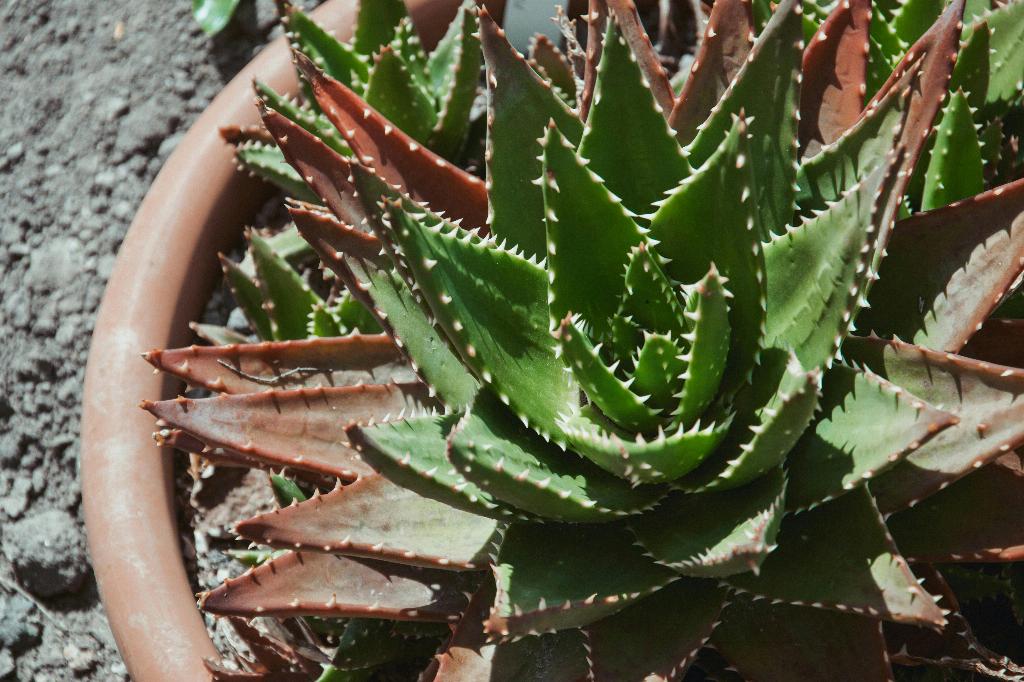When it comes to incorporating unconventional ingredients into your diet, cactus fruit might not be the first thing that springs to mind. Known for their prickly exterior and desert-dwelling habitats, cacti are not typically associated with culinary delights. However, contrary to common belief, the fruit of a cactus, particularly the Prickly Pear variety, can indeed be consumed and enjoyed. So, can you eat the fruit of a cactus? Let’s delve into the details.
The Prickly Pear Cactus: A Multifaceted Food Source
The Prickly Pear cactus, scientifically named Opuntia, offers a versatile range of edible components. Both the pads, known as nopales, and the fruit, called tunas, are suitable for consumption. This makes the Prickly Pear one of the few cactus species that provide a dual food source, catering to various culinary preferences.
Harvesting and Prep: Proceed with Caution
While the idea of indulging in cactus fruit may sound intriguing, it’s crucial to approach the harvesting and preparation process with caution. Due to their spiny nature, cacti require careful handling to avoid injury. When gathering Prickly Pear fruit, wearing protective gloves and using specialized tools is advisable to ensure a safe harvest.
Unveiling the Intriguing Nopal
One of the key edible components of the Prickly Pear cactus is the nopal, the Spanish term for the pads of the plant. Nopales offer a unique texture and flavor profile, often likened to a cross between green beans and asparagus. Incorporating nopales into your culinary repertoire can introduce a novel dimension to your dishes.
The Tempting Tuna: Exploring Cactus Fruit
On the other hand, the fruit of the Prickly Pear cactus, known as tunas, presents a delightful sweetness that contrasts with the plant’s rugged exterior. Tunas are rich in antioxidants, vitamins, and fiber, making them a nutritious addition to your diet. Their vibrant hues and refreshing taste make them a visually appealing and palate-pleasing treat.
From Harvest to Table: Embracing Cactus Fruit
Once you’ve successfully harvested Prickly Pear fruit, it’s time to explore the myriad culinary possibilities they offer. From incorporating tunas into salads, smoothies, and desserts to creating jams, syrups, and even alcoholic beverages, cactus fruit can lend a unique twist to your culinary creations.
Cultural Significance and Culinary Traditions
Across various cultures, cactus fruit holds symbolic and culinary significance. In Mexican cuisine, dishes featuring nopales and tunas are celebrated for their distinct flavors and health benefits. Exploring these traditional recipes can provide a deeper appreciation for the diverse culinary heritage associated with cactus fruit.
Health Benefits of Cactus Fruit Consumption
Aside from their culinary appeal, cactus fruit offers a range of health benefits. The high antioxidant content of tunas can support immune function and protect against oxidative stress. Additionally, the fiber-rich nature of Prickly Pear fruit can aid in digestion and promote gut health, making it a valuable addition to a balanced diet.
Culinary Innovation: Cactus Fruit in Modern Cuisine
As the culinary world continues to embrace innovative ingredients, cactus fruit has found its place in modern cuisine. Chefs and food enthusiasts alike are experimenting with creative ways to incorporate Prickly Pear fruit into their dishes, showcasing its versatility and unique flavor profile.
Exploring Sustainable Food Sources
Given their resilience in arid environments, cacti serve as a sustainable food source with minimal water requirements. By exploring the culinary potential of cactus fruit, individuals can contribute to sustainable food practices and expand their gastronomic horizons with a nutritious and eco-friendly option.

Conclusion: The Answer to the Question
So, can you eat the fruit of a cactus? The resounding answer is yes. With proper care and attention during harvesting and preparation, Prickly Pear fruit can offer a delectable culinary experience rich in flavor, nutrients, and cultural significance. Embrace the unique appeal of cactus fruit and embark on a gastronomic journey that celebrates the diverse offerings of nature.
